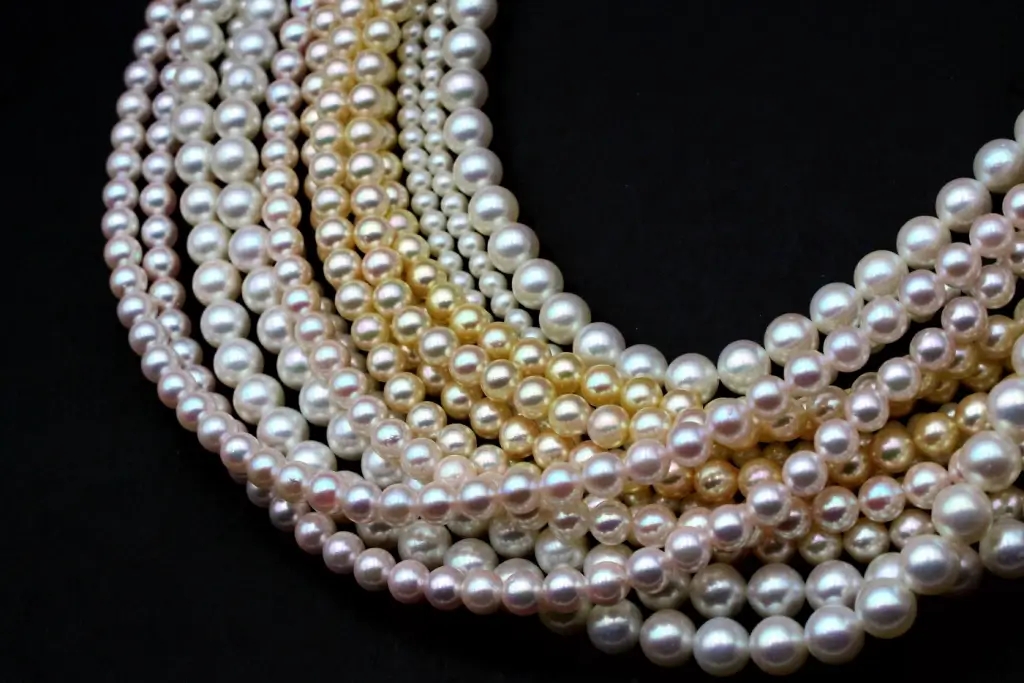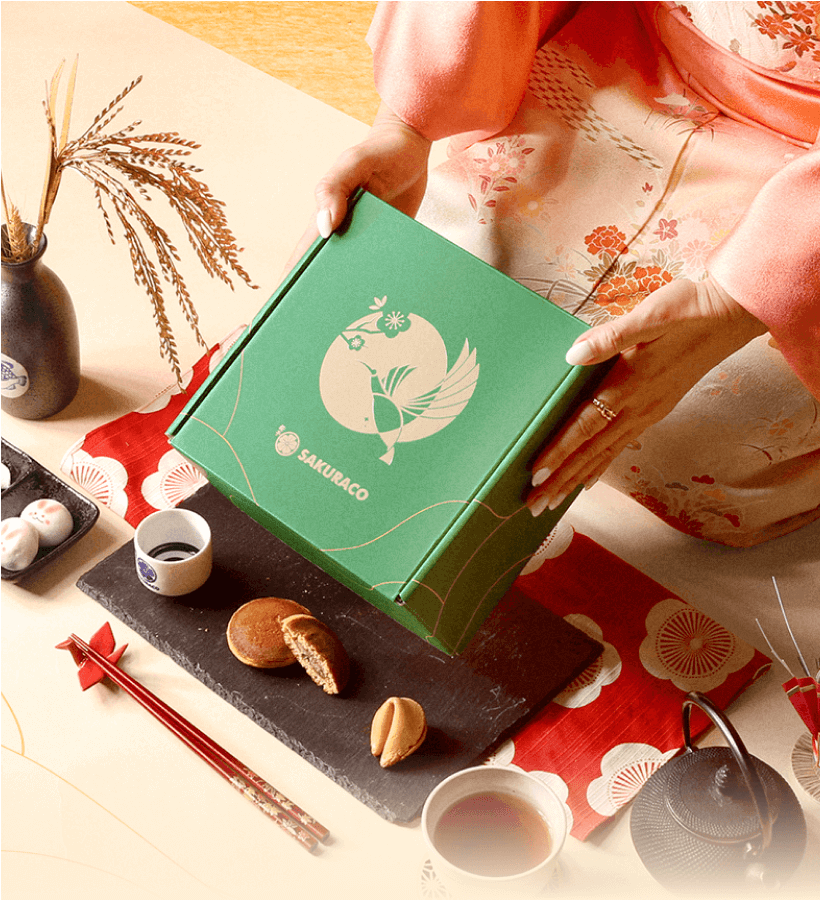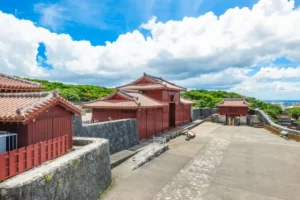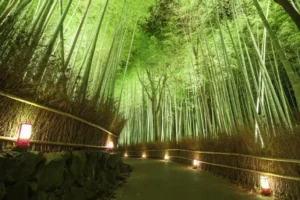Japan’s jewelry industry is about more than mere adornment; it is intricately bound to its history and traditions. The nation’s island geography has fostered a unique relationship with nature and natural materials, which is expressed through centuries of refined techniques and artistic philosophies. Designers such as Mikimoto understand this perfectly.
Some larger, globally renowned Japanese brands have operated since the late 19th century. And their unmatched dedication to perfection continues to thrive today. Workshops in cities like Tokyo and Kyoto still stir curiosity with their mix of legacy and modernity. Today, let’s uncover what makes some of their crafts so enduring!
Table of Contents
ToggleThe Pioneering Legacy of Mikimoto
Kokichi Mikimoto was born in Toba, a coastal town in Mie Prefecture with a history of oyster harvesting. The first commercial batch of cultured pearls from the akoya oyster were harvested here during the Meiji era (1868-1912). This milestone marked the country’s entry into modern jewellery-making. It revolutionized the jewelry industry and transformed the local tradition into a global phenomenon.
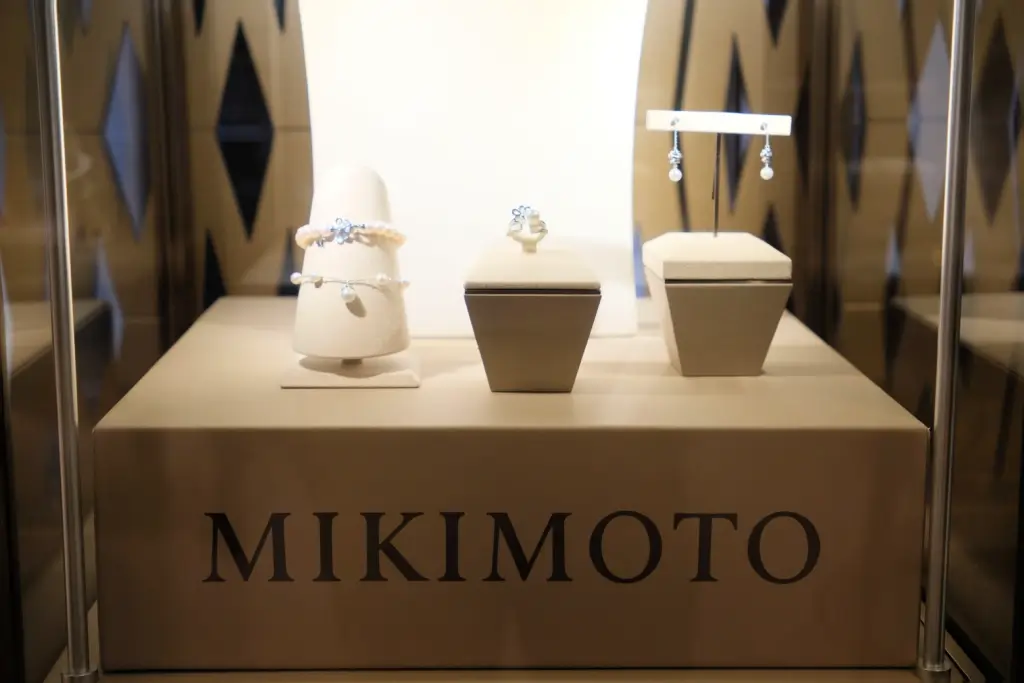
Today, the company “Mikimoto” still nurtures pearls in Japan’s seas with the same meticulous care. It has become a leader in the industry and a name synonymous with luxury. Its main store in Tokyo’s bustling shopping district of Ginza is a testament to its legacy. Visitors can browse designs featuring akoya pearls, diamonds, and rare stones that echo Mikimoto’s vision. The company’s sustainability efforts, such as ocean conservation, tie the brand to its maritime roots. This sense of heritage and responsibility ensures that the company will survive.
Hirotaka’s Modern Minimalism
Hirotaka Inoue launched his brand in 2010. His flagship store sits in Omotesando, a trendy Tokyo neighborhood known for high fashion. He draws inspiration from the dynamic energy of Tokyo, where he is based. His collections blend wearability with artistry, sometimes based on nature’s subtle forms. His pieces quickly gained a cult following for its understated beauty and versatility.
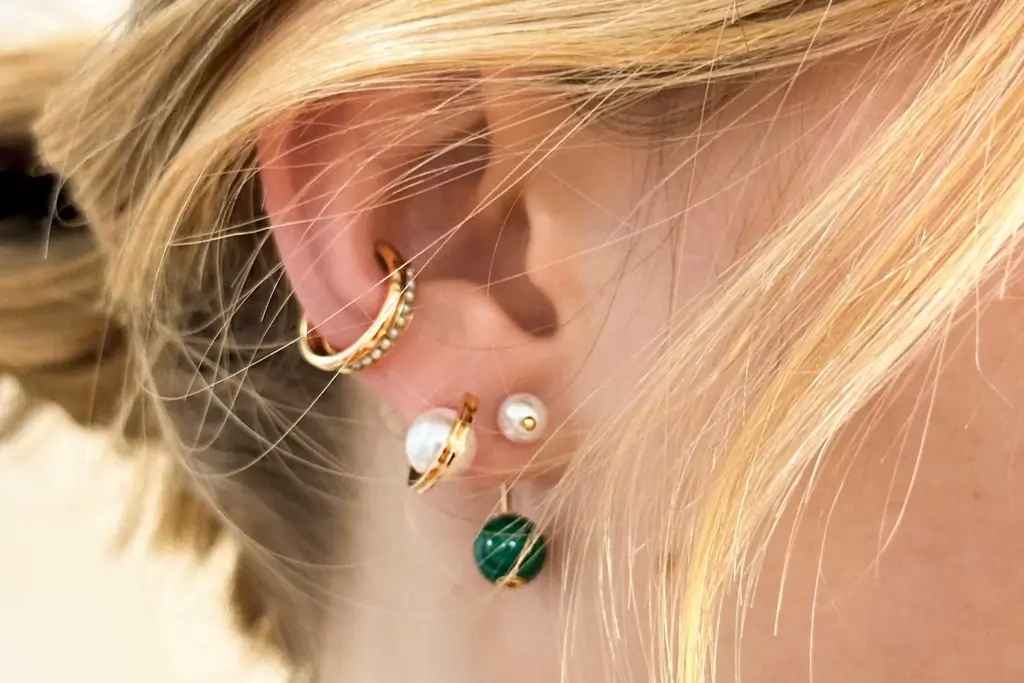
Hirotaka’s designs favor simplicity, often featuring delicate gold lines, small, vibrant gemstones, and sleek aesthetics. This approach resonates with Japan’s minimalist traditions and Zen philosophy culture. The brand’s fresh perspective on jewelry has fueled its global appeal and success. Hirotaka proves that modern design can honor tradition while embracing contemporary tastes.
Niwaka’s Homage to Kyoto’s Heritage
Niwaka was founded in Kyoto in 1983. Its name is derived from an ancient city festival to show respect for its deep connection to Kyoto’s artisan past. This reverence for the city and its Japanese heritage sets it apart in the modern market. The store in Kyoto’s Gion district is located among historic teahouses. The building is a work of art, well-known in the architectural world.
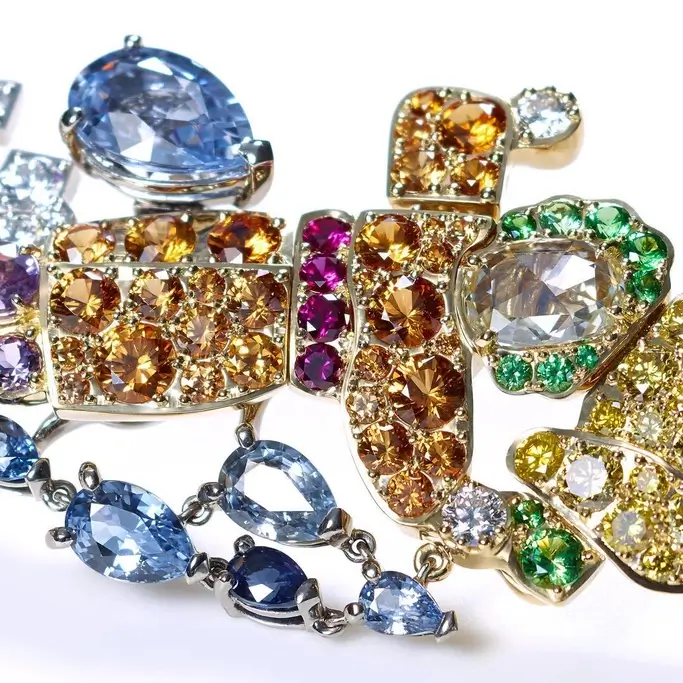
Niwaka’s high-end jewelry line showcases tradition. Themes revolve around the culture of Kyoto, traditional Japanese motifs, and the elements. Its pieces feature gold, platinum, and diamonds and often include kimono patterns. Their elegant jewelry is often used to symbolize timelessness in bridal collections.
Are you looking for great snacks after shoe shopping? Check out Sakuraco! Sakuraco delivers traditional Japanese snacks, teas, and sweets from local Japanese makers directly to your door so you can enjoy the latest treats directly from Japan!
The Art of Mokume Gane
Mokume gane is a metalworking technique from the Edo era (1603-1868). This method layers metals like gold, silver, and copper to create wood-grain patterns unique to each piece. This Tokyo brand revives the craft for its customers. Its name, “Mokumeganeya”, translates to “wood grain metal shop,” highlighting its niche. The company’s commitment to forging high-quality bespoke rings makes it a collector’s favorite. Mokumeganeya’s store in Tokyo’s Shibuya district serves as a workshop and gallery.
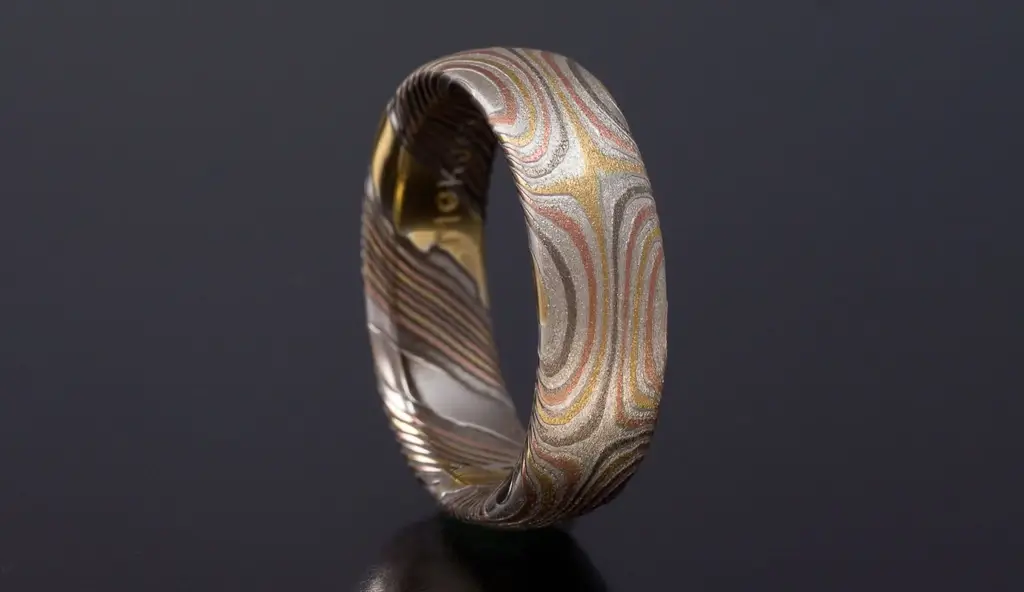
It offers a serene space to witness traditional craftsmanship that contrasts sharply with the bustling surroundings. Customers can customize rings and blend colors and patterns to personal tastes. They can also witness the ancient techniques used to create some works first-hand. The shop’s museum section educates visitors on the history of the technique and its relation to samurai sword-making. This fusion of art, tradition, and utility is the core of the shop’s innovative spirit.
Kagayoi’s Enduring Brilliance
Kagayoi was founded in Kyoto by the Imayo company in 1861 during the late Edo period (1603-1868). It began as an import and export company specializing in diamonds, precious stones, and jewelry. More than a century later, it has become a distinguished luxury brand known for its connection to the nation’s heritage. The name “Kagayoi” evokes images of “radiance” or “brilliance” in Japanese, which perfectly matches the skillful work of its pieces.
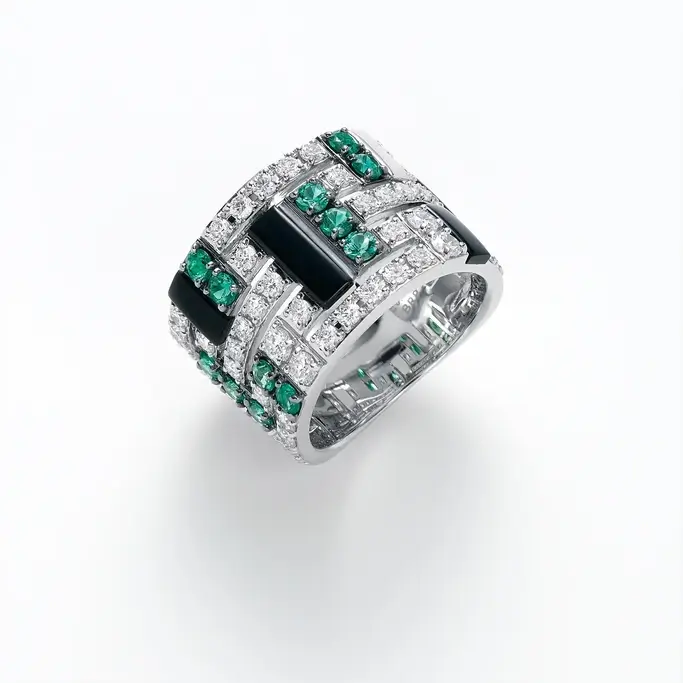
Their flagship salon in Kyoto’s Nakagyo-ku district merges old-world charm with modern flair. Kagayoi’s work honors a legacy of skill passed down for over 160 years. The shop’s long history has given it ample time to perfect its craft. This brand specializes in ornate hairpins, pendants, and necklaces, each crafted meticulously. Their collaborations with ikebana and maki-e masters add uniqueness to their collections.
Why does Japanese jewelry like Mikimoto endure to this day?
Japan’s jewelry endures because it incorporates traditional skills in innovative and breathtaking ways. The sources of inspiration are deeply rooted in culture and religion. This combination appeals to those seeking a tangible link to Japan’s long history and unique pieces for their collection. The companies are not only “brands”; each tells a chapter of the country’s story.
The deep meaning associated with Japanese jewelry will likely continue to invite admiration worldwide long into the future. Are there any Japanese jewelry brands you would like to share? Do you have any thoughts on these artisans’ crafts? Leave a comment and start a conversation below!


